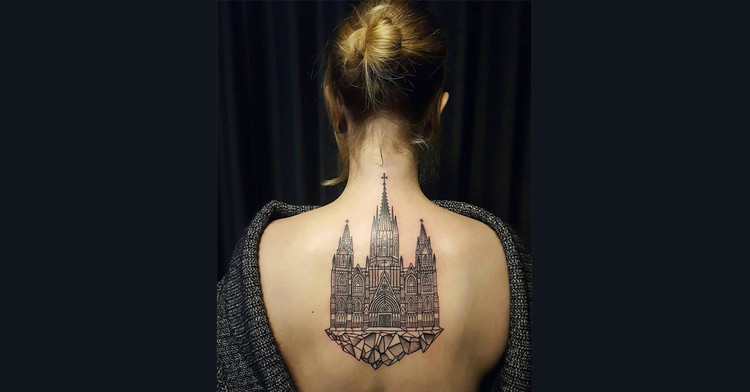
This interview with the winner of the 2016 Pritzker Prize, Alejandro Aravena, was published last year in Issue 31 of Revista AOA, a Spanish-language magazine published by the Association of Architecture Offices of Chile. The interview was conducted by the editorial committee of Revista AOA—represented by Yves Besançon, Francisca Pulido and Tomás Swett—and is accompanied by photographs by Álvaro González. Aravena's openness and warmth allowed them to deliver a profound questionnaire about his thoughts and architectural projections, especially in light of Aravena's Venice Biennale which took place last year.



.jpg?1500381046)
.jpg?1500381347)
.jpg?1500381865)
.jpg?1500382233)
.jpg?1500381480)







.jpg?1499902448)











.gif?1499957974)

















